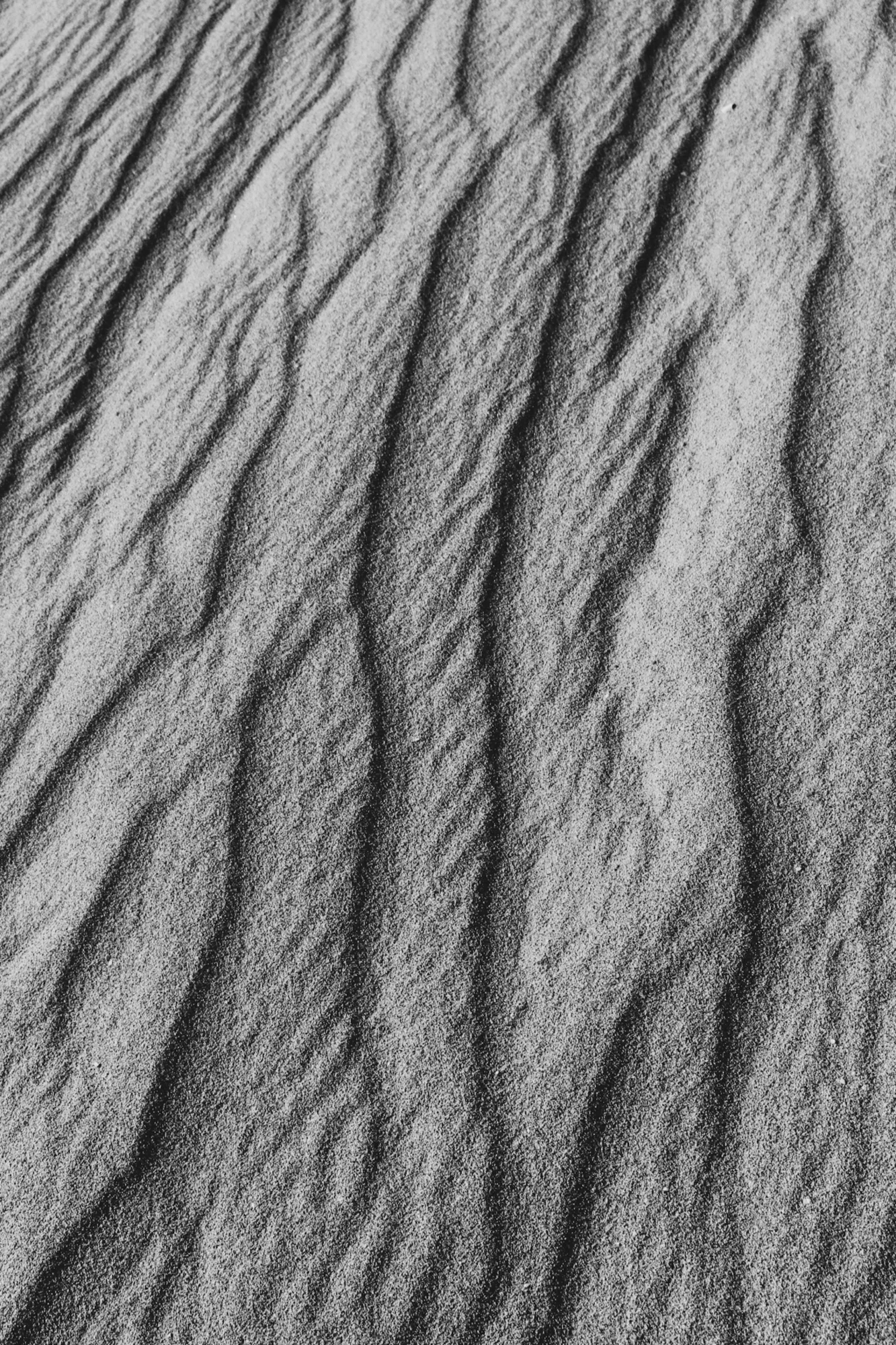
Filtration Media
Filtration media separates solids from liquids or gasses by passing them through a porous material or medium. Reade supplies different choices of filtration media for various applications. Filtration media can be categorized as inorganic media made from minerals like sand, gravel, diatomaceous earth, and activated carbon, or organic Media made from natural sources, such as walnut shells and carbon-based media.


Sort
-
- Alphabetical (A-Z)
- Alphabetical (Z-A)
Search: ""
No results
Activated carbon, also called activated charcoal, is highly porous, contributing to its very large surface area. Its surface is also very reactive. It is a very useful adsorbent used in many filter systems to purify, dechlorinate, deodorize, and decolorize both liquid and vapor applications. Activated carbon is usually derived from waste products such as coconut or wood, where bulk sources are converted into charcoal before being 'activated.' Activated carbon from coal is referred to as activated coal. Activated carbons are economical adsorbents for many industries and purposes. Different types of activated carbon are suited for various specialized applications, with grade and size-specific applications.
Bentonite is an absorbent swelling clay consisting mostly of montmorillonite (a type of smectite) which can either be Sodium (Na)-montmorillonite or Calcium (Ca)-montmorillonite. Na-montmorillonite has a considerably greater swelling capacity than Ca-montmorillonite. As a swelling clay, bentonite can absorb large quantities of water, which increases its volume by up to a factor of eight.
Bone Char is a granular material produced by charring bovine bones: the bones are heated to high temperatures (in the range of 400 to 500 °C), and a unique form of activated carbon is created. Bone char consists mainly of calcium phosphate (Ca₃(PO₄)₂), Calcium Carbonate (CaCO₃), and a small amount of carbon (~12%); however, the quality of the bone chars is controlled by the amount of oxygen present in the charring atmosphere. Bone chars usually have a lower surface area than activated carbons but present high adsorptive capacities for copper, zinc, and cadmium. The carbonized material possesses great mechanical strength and improved adsorption of many chemicals, e.g., Fluorine, Chlorine, Lead, and many more.
Diatomaceous earth, also known as Diatomaceous silica (SiO₂*nH₂O), is the fossilized remains of tiny, aquatic organisms called diatoms that have accumulated, creating silica deposits. DE has high absorption, low bulk density, and high brightness. There are two primary types of diatomaceous earth deposits - saltwater and freshwater. Saltwater DE is commercially processed in the United States and primarily used as a filter aid. Freshwater DE is ideal for agricultural uses because it typically has a low crystalline silica content (amorphous), is highly absorptive, and is an ancient pest control agent. As awareness of and concern about chemical pesticides grow, diatomaceous earth has increased interest as a non-toxic and natural alternative. It is also seen as a natural anti-parasitic by farmers and ranchers.
Magnesium oxide is a mineral that occurs naturally as periclase and is a source of magnesium. MgO has the acid buffering capacity and related effectiveness in stabilizing dissolved heavy metal species. Pharmaceutical Grade: Must conform to the USP, JP, and BP specifications Food Additive Grade: Must conform to the FCC specification Additional particle sizes available
Manganese Dioxide (MnO₂), or Manganese (IV) Oxide, is a blackish or brown solid that occurs naturally as the mineral pyrolusite, the main ore of manganese.
Manganese Oxide (MnO), or Manganese (II) Oxide, is a green crystalline compound
Smectite, Magnesium Aluminum Silicate products are water-washed smectite clays that serve as suspension stabilizers, emulsion optimizers, and rheology modifiers. The powder is light tan.